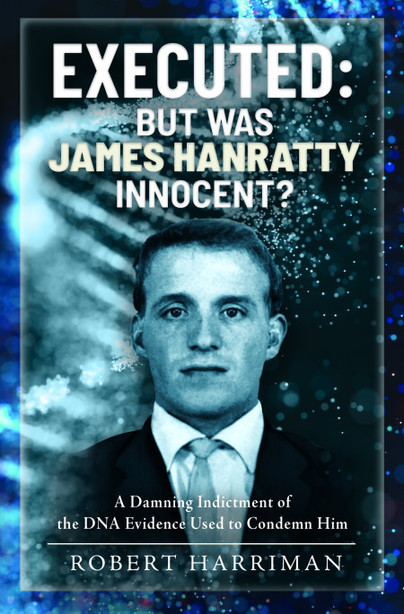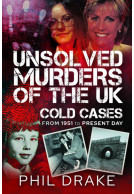Executed: But was James Hanratty Innocent? (Hardback)
A Damning Indictment of the DNA Evidence Used to Condemn Him
Imprint: Pen & Sword True Crime
Pages: 224
Illustrations: 32 mono illustrations
ISBN: 9781399044936
Published: 4th August 2023
(click here for international delivery rates)
Need a currency converter? Check XE.com for live rates
In 2002 the Court of Appeal, in London, proclaimed that James Hanratty’s guilt, in the infamous A6 Murder case, had been proven by the DNA evidence from the now disbanded Forensic Science Service; thereby finally, after 40 years of controversy, hoping to have put an end to the doubts in the case.
However, this didn’t remove the inconvenient fact that tireless campaigners such as Paul Foot and Bob Woffinden, had fully documented the copious evidence pointing to Hanratty’s innocence, which had persuaded the Criminal Cases Review Commission to bring the case back before this court.
This book is the first to review this court’s worrying deliberations and subsequent events and will no doubt prove unpopular with our political and judicial authorities. As you will see the controversy remains far from over.
There is no escaping that if the FSS evidence is correct the case for his innocence must be wrong, but which is the more likely?
How had the court undertaken its duty to balance these conflicting narratives, when arriving at its damning verdict? Had it decided all the evidence of innocence was mistaken, or lies? Or had it just ignored it? Equally, how had it assessed the veracity of the FSS scientific evidence put before it?
The answers, as this work details, are woeful and should be widely known, as they impact, not just on this tragic case, but on the way our courts are still treating forensic DNA evidence.
Be warned, this is not a light read, but our authorities and anyone who practices law in this country should consider it carefully, as it has stark implications for our criminal justice system and those who find themselves being judged by it.
In Executed: But was James Hanratty Innocent?, Robert Harriman looks at the DNA evidence in great detail and it is clear how much research he has done in order to convince the reader that there were flaws in the conclusion. The author does make it clear at the start of the book that this is not going to be an easy read due to the scientific terminology and this is definitely the case. I admit to, at times, finding the depth of discussion about DNA quite difficult to follow and found myself skimming through the text to where the conclusions were explained.
NetGalley, Karen O'Hare
For me, the parts I enjoyed the most and found the most compelling were the details of Hanratty’s potential alibis which were, in my opinion, never seemingly explored properly by the police at the time. Harriman gives very plausible explanations for how some of these alibis may have been misinterpreted and how they could have completely altered the course of the investigation. There are also some interesting theories concerning the ‘evidence’ and how it was obtained.
Executed: But was James Hanratty Innocent? has definitely reignited my interest in this case.
Rating: 5 out of 5 stars
NetGalley, Meg Gajda
A very well-researched and well-written book.
Article: 'I'm dying tomorrow but I'm innocent':
Daily Express, August 2023
Rating: 5 out of 5 stars
NetGalley, Tamara Reel
This book was well written and it made me angry with the court system. I firmly believe James Hanratty was railroaded and more than likely the so called DNA evidence was contaminated by improper handling. Unfortunately Britain's judicial system will never admit to this. In my opinion he was murdered by his on country.
About Robert Harriman
Born in Somerset and having worked away in Business IT for over thirty years the author’s fateful decision to study for a BSc. Honours degree in Forensic Computing provided the inadvertent impetus for this work.
A 1st Class degree award and several years of careful additional research later he hopes his undoubtedly contentious yet reasoned first book is now ready to be considered and more importantly that his findings will generate the necessary corrective actions, although in view of their unfortunate nature he remains doubtful.
He is now retired and has returned to the county of his birth.















